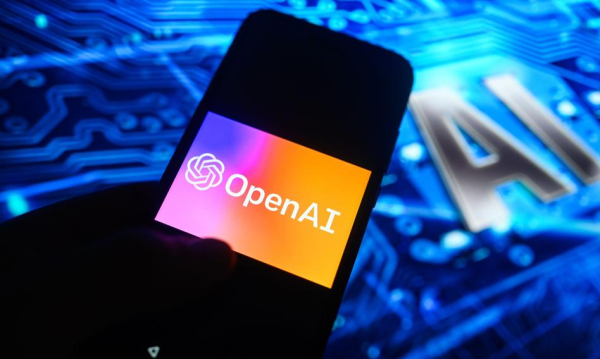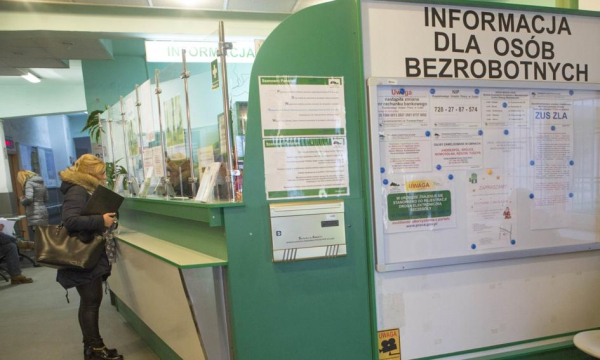The AI industry is showing no signs of slowing down, both in terms of technology development and capital flow. The biggest players in the market are attracting the attention of investors and users, and the numbers are starting to reflect the growing importance of these tools in everyday life.

OpenAI nearly doubled its annual subscription revenue to about $10 billion , fueled by growing interest in its ChatGPT tool. The company said its expected subscription revenue was up from $5.5 billion it had at the end of last year.
Sam Altman’s company has been growing at a breakneck pace since launching its chatbot in late 2022. It was the fastest-growing consumer app to reach 100 million weekly active users and now has more than 500 million .
See alsoHow artificial intelligence will affect the work of accountants
Similar growth is being seen at other leading AI companies, including developer tool Cursor, which increased its ARR to $500 million this year from under $100 million in 2024. And Anthropic tripled its ARR to $3 billion between January and May of this year.
Start-ups in the red, but billions flow in a wide stream
The growth in recurring revenue suggests that AI tools are starting to live up to the expectations that have built around them over the past two years: both individual consumers and businesses are willing to pay to use them.
Yet all three companies are still losing money . The startups have gained popularity in part because investors are willing to write them checks for unprecedented amounts.
OpenAI is currently in talks to raise $40 billion from SoftBank and other investors, while Anthropic is backed by Google, Amazon and top venture capital funds. Cursor’s parent company, Anysphere, recently raised $900 million from investors including Josh Kushner’s Thrive Capital, Accel and Andreessen Horowitz.
Investments from strategic investors and venture capital funds have significantly accelerated the development of several AI companies that are expected to grow faster and faster to eliminate the competition.
Nevertheless, there are signs that the adoption of AI tools may be slowing in some areas.
The percentage of U.S. companies paying to use AI models has quadrupled to about 40% in the past two years, according to data from fintech Ramp. But that growth stalled for the first time in May after a decade of steady growth. Ramp suggests that most companies that were willing to pay for the services are already doing so.
Ambitious Forecasts, Big Acquisitions: This Is How the OpenAI Empire Grows
Documents shared with investors show that OpenAI does not expect to reach profitability before 2029 , when it forecasts revenue of $125 billion.
A spokesperson for the company said the company’s recurring revenue comes from consumers paying for ChatGPT, about 3 million subscriptions from business and education customers, and sales of the OpenAI API.
The San Francisco-based company has a multi-faceted focus. In recent weeks, OpenAI acquired Io, a hardware startup from former Apple design chief Sir Jony Ive, for $6.4 billion, and is in the process of acquiring Windsurf, a code-editing competitor to Cursor, according to people familiar with the deal.
OpenAI is also working with the Trump administration on Project Stargate , a massive data center that CEO Sam Altman says will be the foundation for further technology development.
Although billions of dollars are flowing freely and the market is promising AI companies impressive revenues, the road to profitability still seems long and full of unknowns. The market is maturing, and investor enthusiasm is slowly starting to be balanced by the first signs of saturation.
JS






